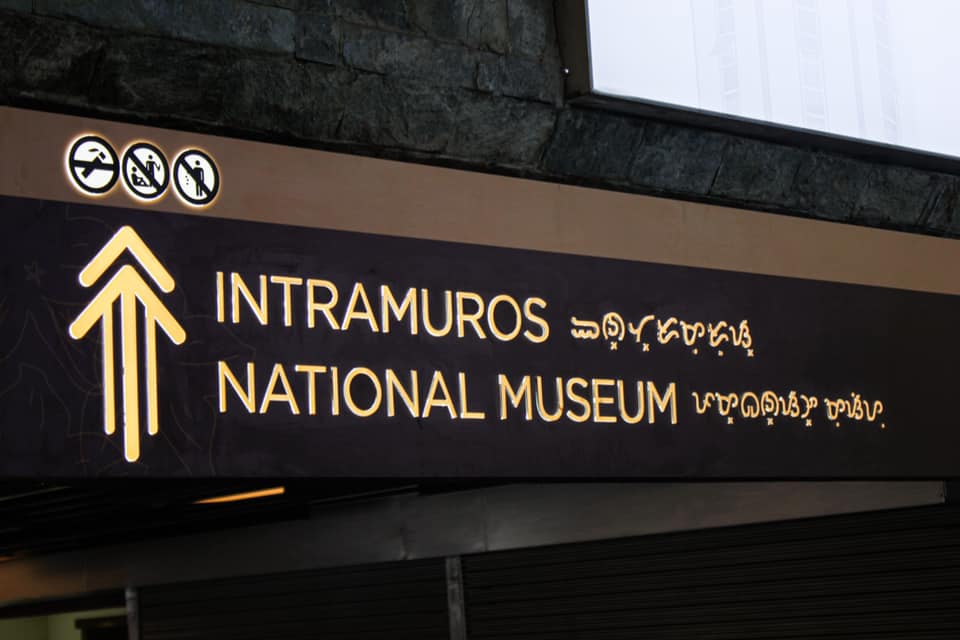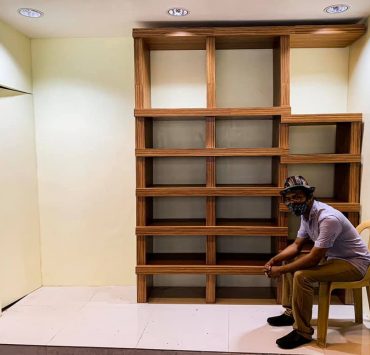Yesterday, Manila City unveiled the newly renovated Lagusnilad or Manila Underpass. The product of a nine-month development that pushed through even with the pandemic, the redesign was done by the University of Santo Tomas alumni Architect Juanito Malaga, John Fallorina, Sean Ortiz and Leon Tuazon in collaboration with the Department of Engineering and Public Works. It is part of a larger Lawton development master plan, which covers Arroceros up to Lagusnilad Underpass.
https://www.facebook.com/ManilaPIO/posts/935168650301158?__xts__%5B0%5D=68.ARAKb5YDOvq2jqOA9QNXRWAv6Fqj0NfWwh_MIc9AJFk9oOe0L7IfQc_9gWPKraYRFRn52lRTzwndAKkQxyRGMbKesSIhK2945TtxAeP9MtzzlecdZIrdkFgTtGnRwsnSVO44LLBrPDx_iVRAVjERyktcWA7UoZAu17h4Oo1leVnhYk9MKztG4Rl0P6ADJGhoWn8-hJO3UwuHnHlZWfl1xRS0sQsbLfGbSGluLZu5A38lKNP48Vbz5RSbneLGsAkatDyDpgnRTYaH9kqRHwDu1LkhhCr_Z7ddfI7-KWR1bJT7A1koWdU871YCEKwyjjHFdIKACpgsjvwbvgNKnrhSumw&__tn__=-R
Some of the key issues that the renovation aimed to address include flooding, vagrant occupancy and security. To answer these, the underpass will be equipped with 24/7 security with designated security personnel and CCTV cameras linked to the Manila Disaster Risk Reduction and Management Office command center.

Earlier in June, the local government gave a preview of the murals on its walls, which were inspired by the works of National Artist for Visual Arts Carlos “Botong” Francisco. These were created in collaboration with the National Commission for Culture and the Arts and NCCA Gerilya artists.
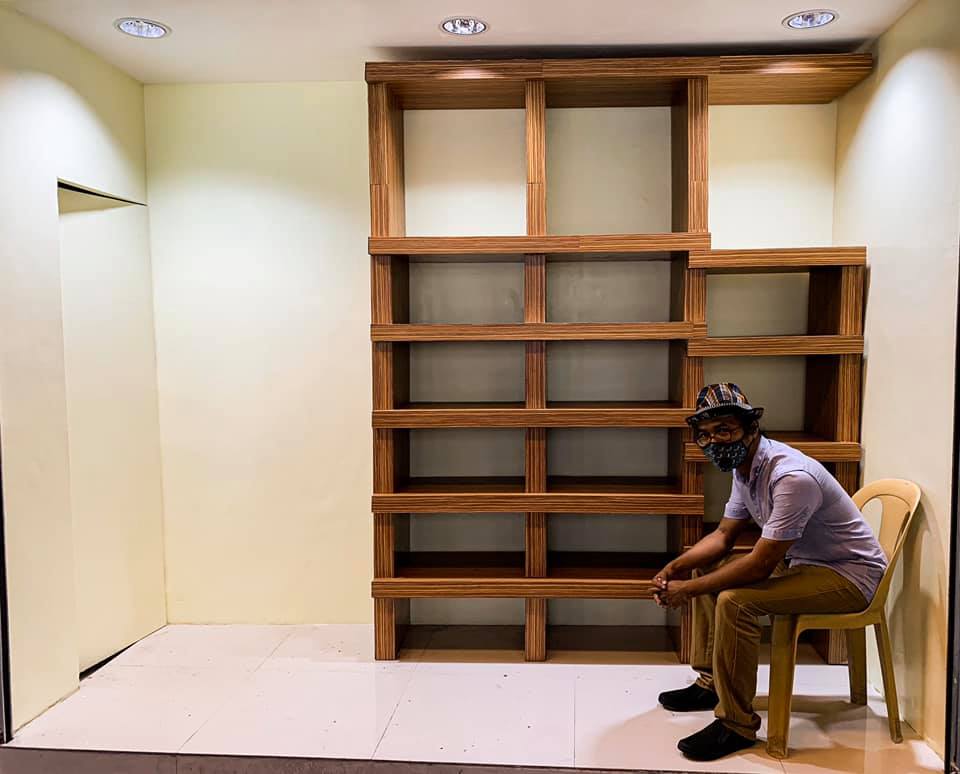
For fans of the famed bookseller in the underpass, Books from Underground by Aj Laberinto, you can expect its return, too after being displaced a year ago. Dedicated bookshelves are in place and can be prominently seen as you pass the hall.
The issue with Baybayin signs
Of all the new features of the underpass, one specific visual element captured the attention of everyone on social media. Upon descent into the basement level, one will behold the signs that give directions into the nearest landmarks such as the Manila City Hall and Intramuros—in Baybayin alongside its English names.
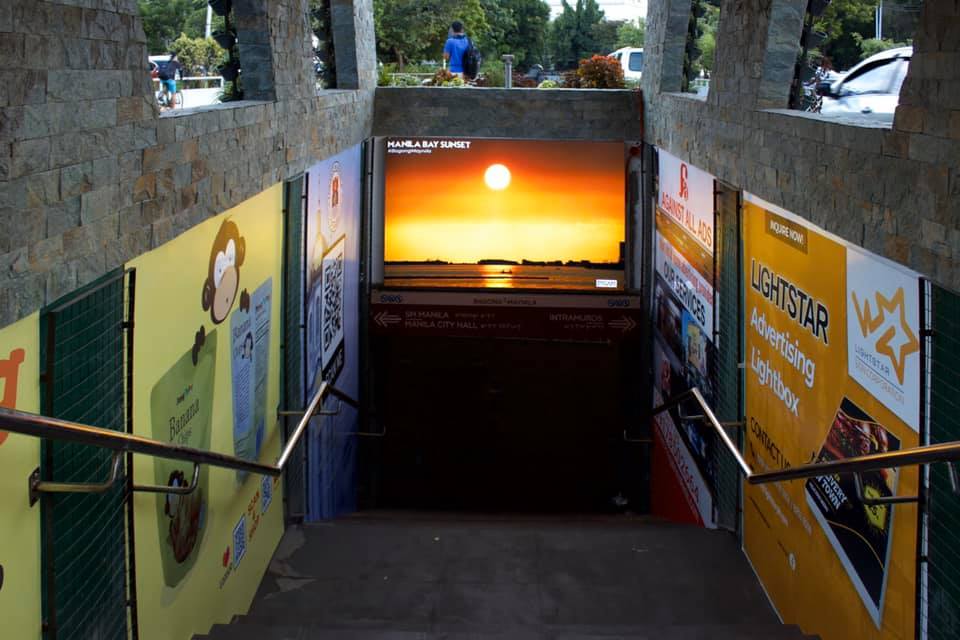
A few netizens reacted quickly to the photos of the signs, which circulated online as soon as news of Lagusnilad Underpass reopening came out. Some pointed out a mistake in the usage of Baybayin to spell out Intramuros and Manila, lacking the requisite dots on top of some characters, making it read as “Intpamuros” and “Manala.”
One of the members of the team who created the signs confirmed in a post on Facebook group Independent Creative & Advertising Professionals that the signs have since been replaced. There has been an error on the signage on that side of the passage while the signs on the other entrance read fine. The team also enlisted the help of a Baybayin expert on the revision to make sure it is accurate, the designer said.
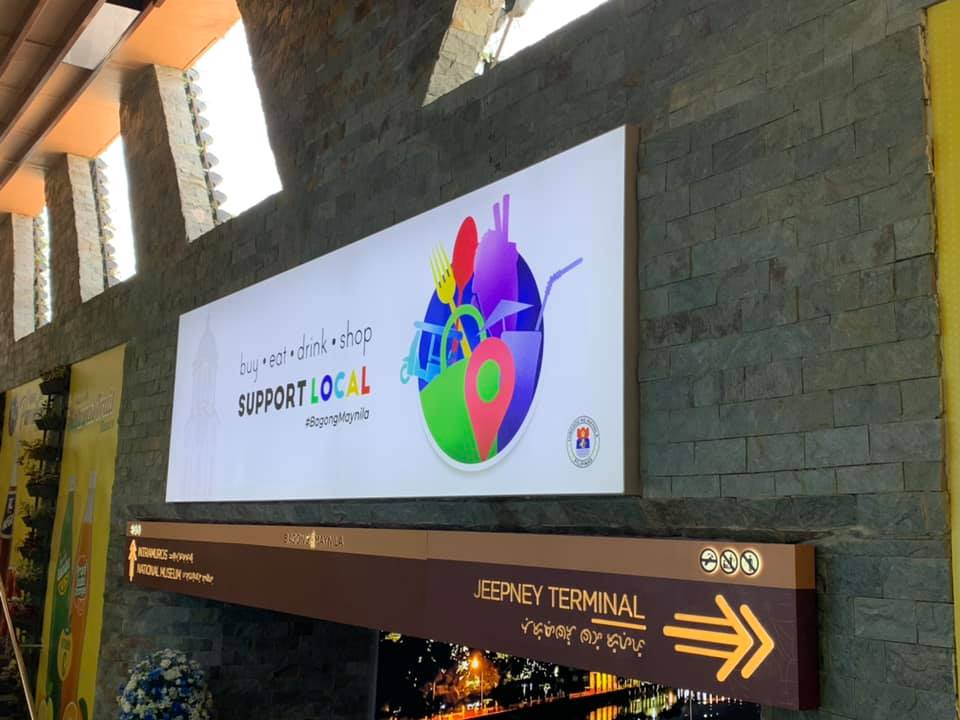
Other members of the group also lamented the translation from English to Baybayin instead of translating it first to Filipino, which may have been the source of the confusion in the first place.
But the whole typographic error aside, some netizens are questioning whether the usage of the ancient script is necessary if only to “tokenize” it. Considering that walking signs as such should be functional and easily understandable by everyone, the use of Baybaying may not be the best fit for this purpose, some chimed in.
In another thread on the Advocates for Heritage Preservation Facebook group, a commenter reacting to the photo emphasized that Baybayin is based on Tagalog and that there are other pre-colonial regional scripts in other parts of the country. They said that such a sign in Manila, whose population mainly uses the Filipino language, should not be a problem. But to require everyone from all over the country to use it is a different discussion altogether.
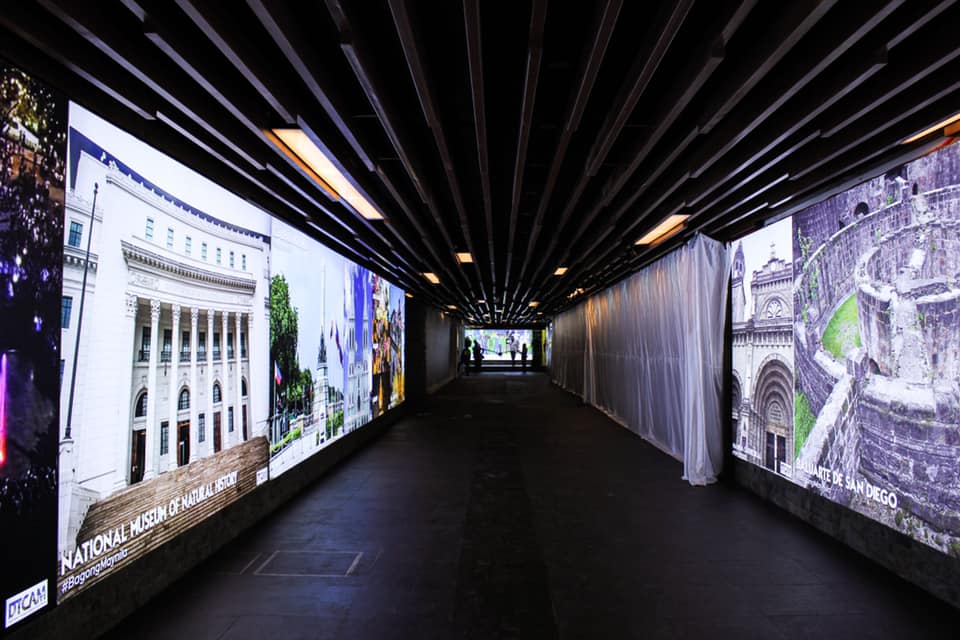
Another person in the comments section made the case against prioritizing Baybayin over other scripts saying this will likely (double) kill the latter.
Access is another concern raised among the discussions, whereas a netizen pointed out that not everyone can understand Baybayin. Some also recognized the importance of incorporating these subjects in the education curriculum to introduce students to these scripts early on.
Nonetheless, some lauded this effort as a good start in reviving ancient writing systems as well as other languages outside of the official one. Despite the whole issue and supposed “romanticization” of an ancient script, others hope its presence will entice those who see to learn it.
Photos courtesy of Manila Public Information Office and Department of Tourism, Culture and Arts of Manila
Get more stories like this by subscribing to our weekly newsletter here.
Read more:
LOOK: Inside the restored Manila Metropolitan Theater set to open in May 2020
Writer: CHRISTIAN SAN JOSE


